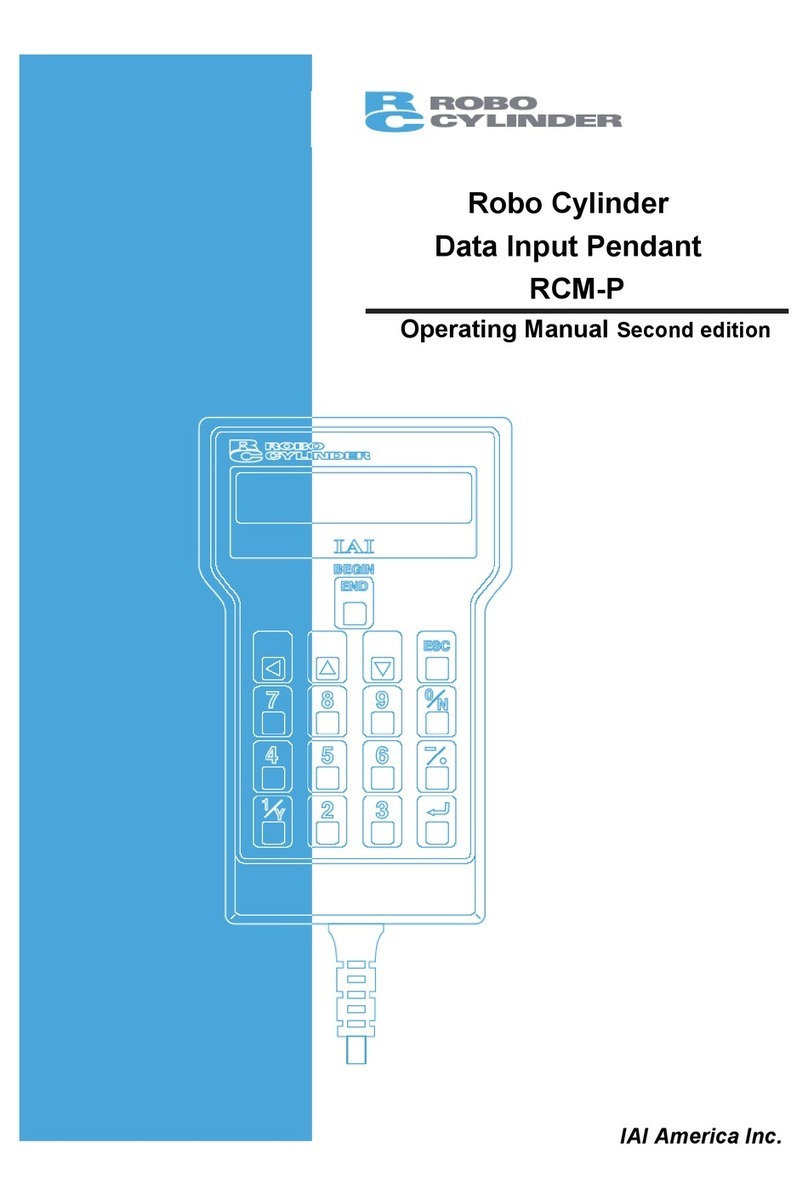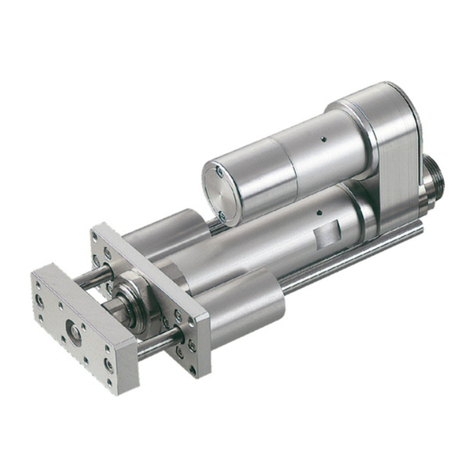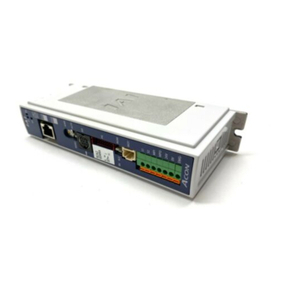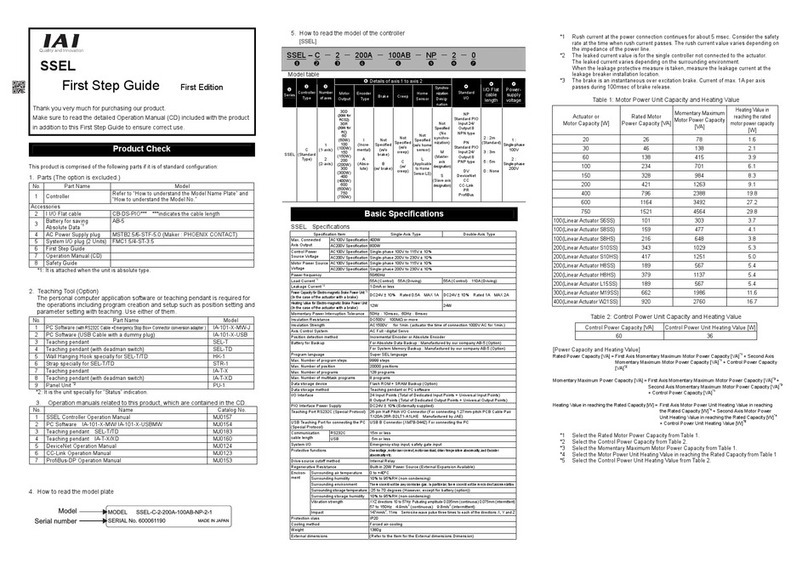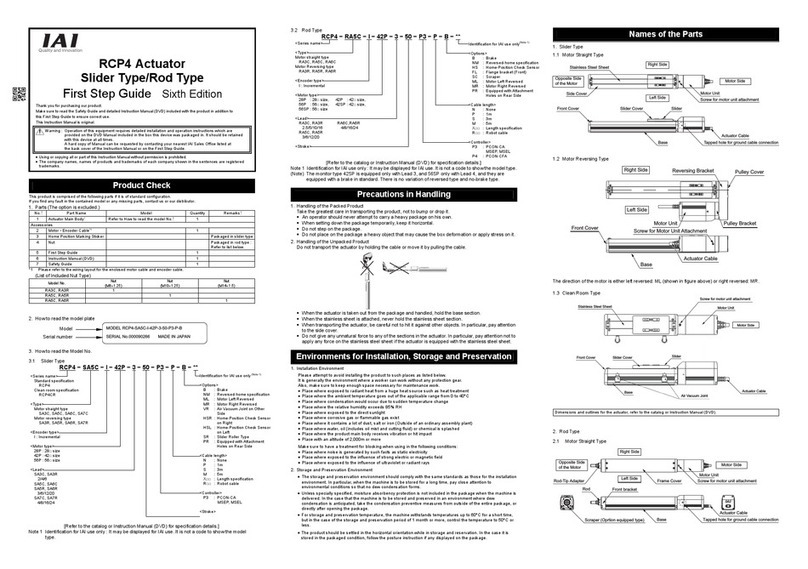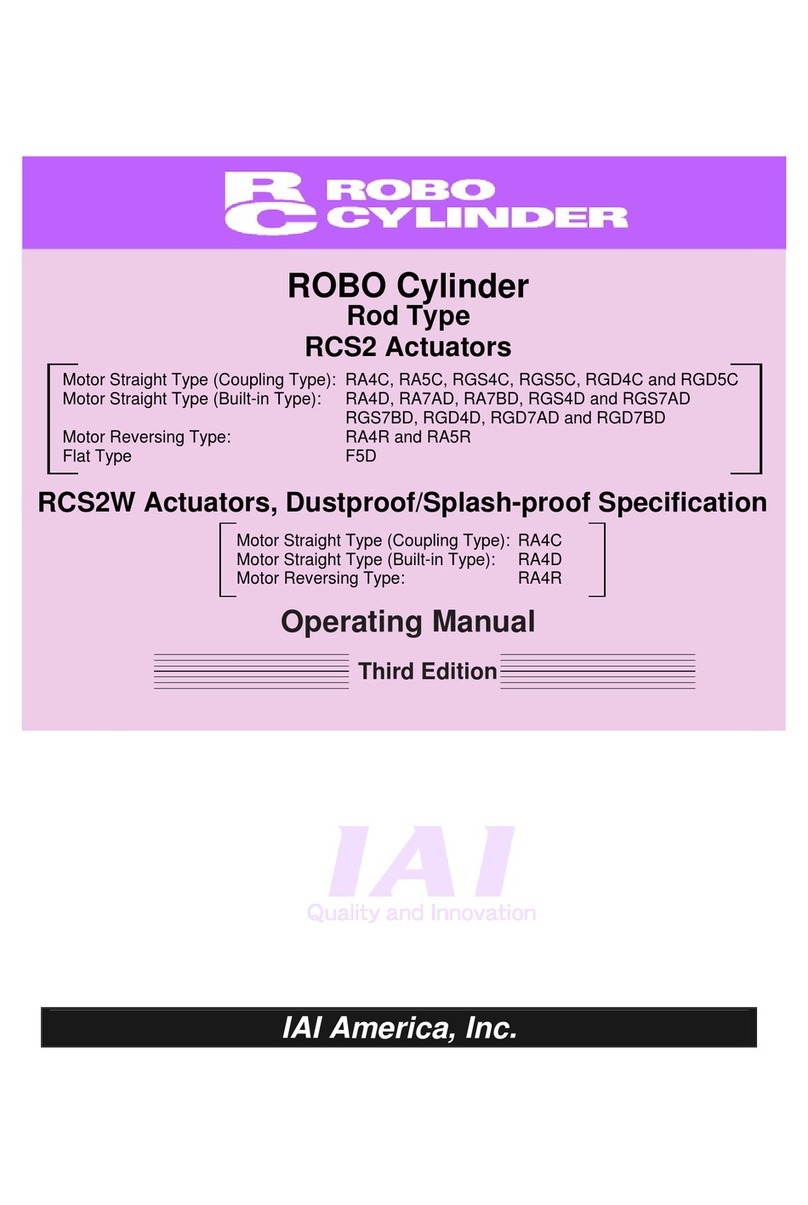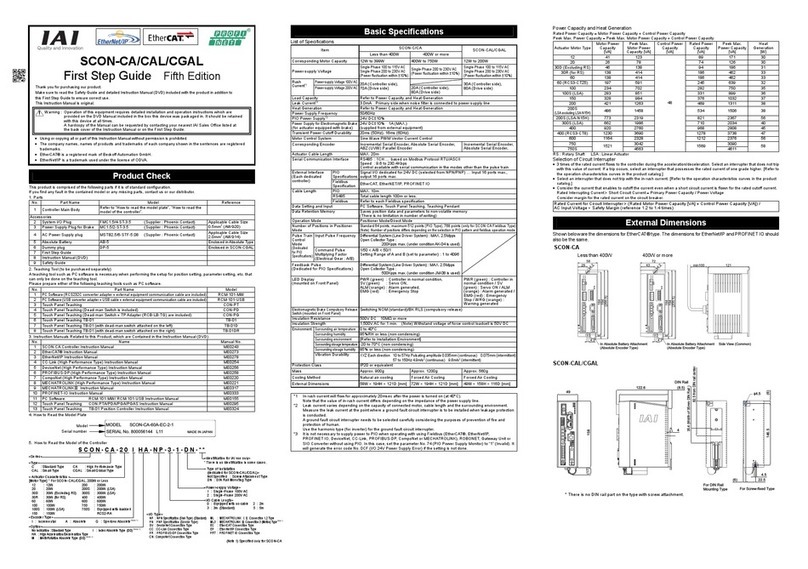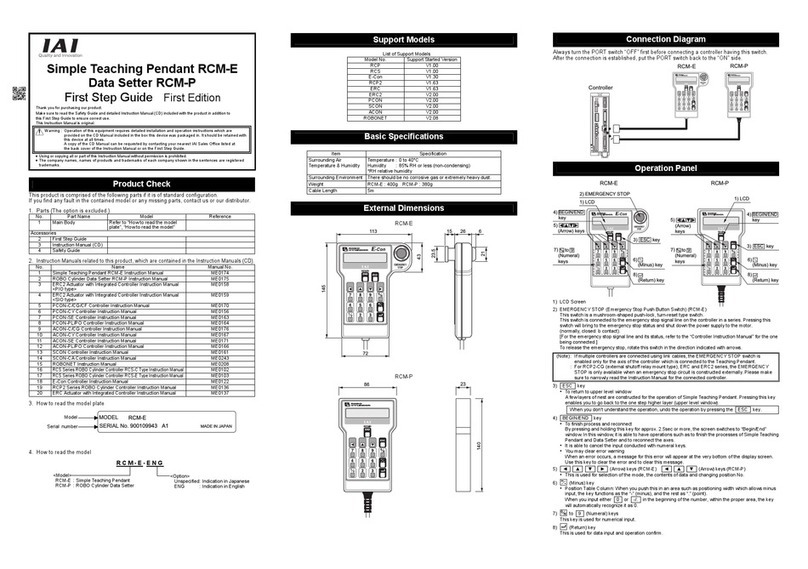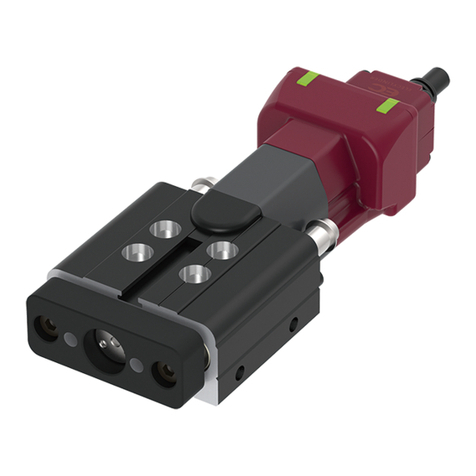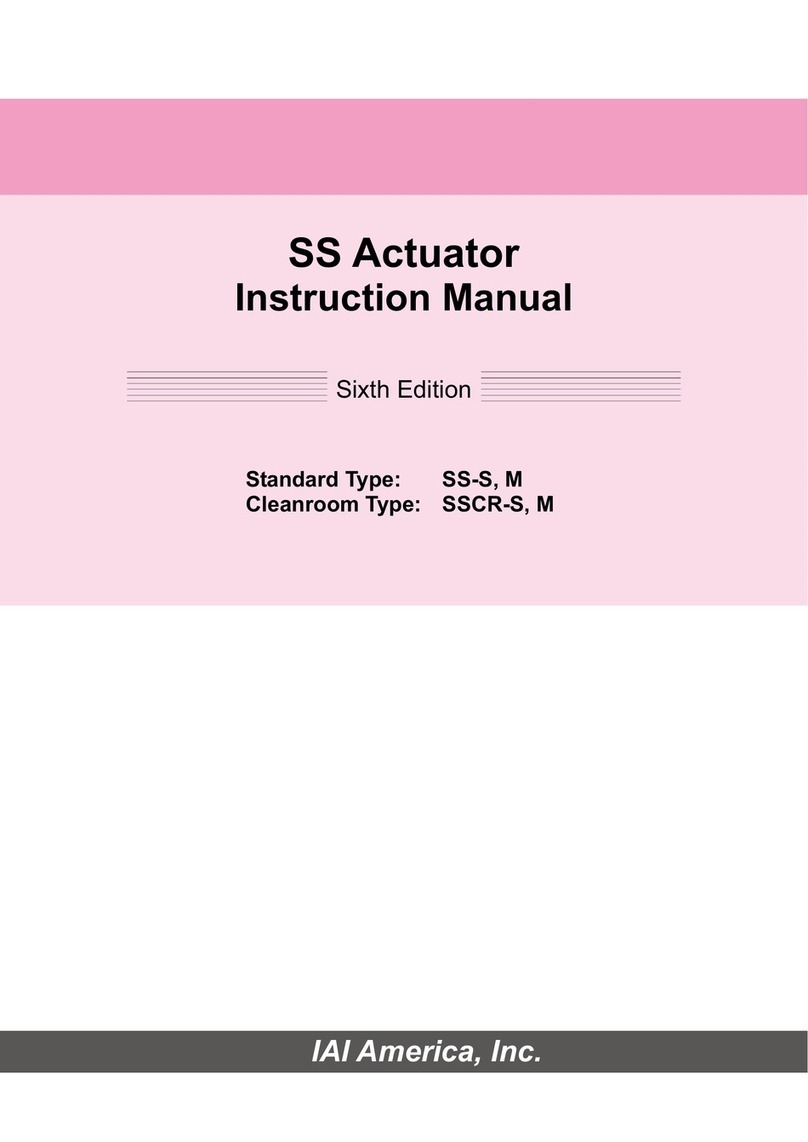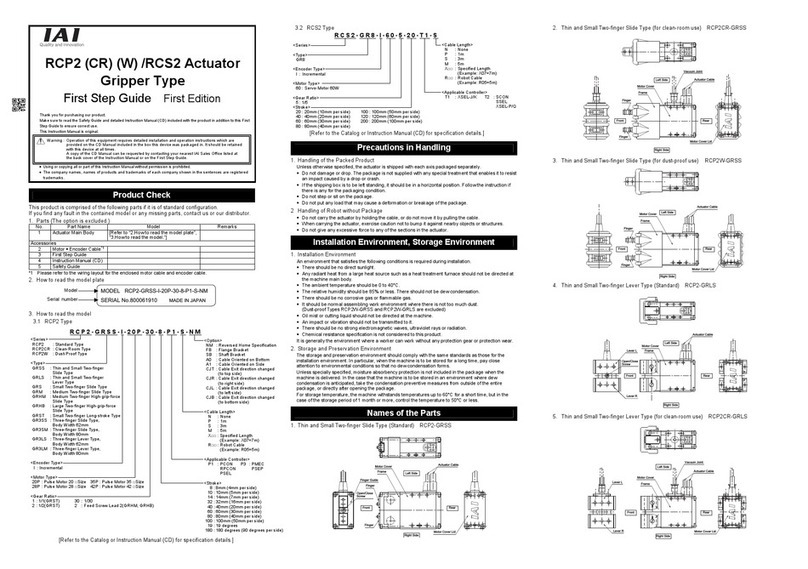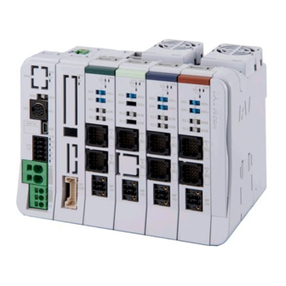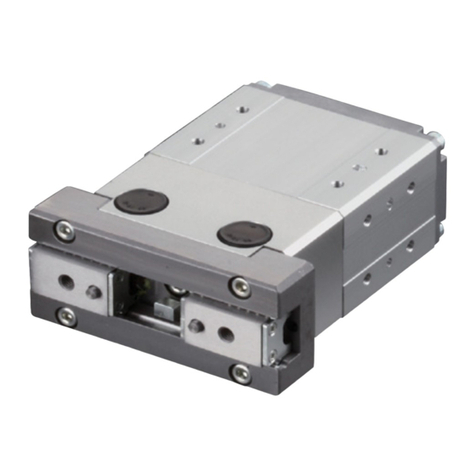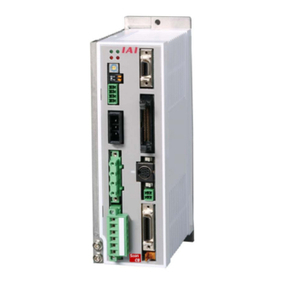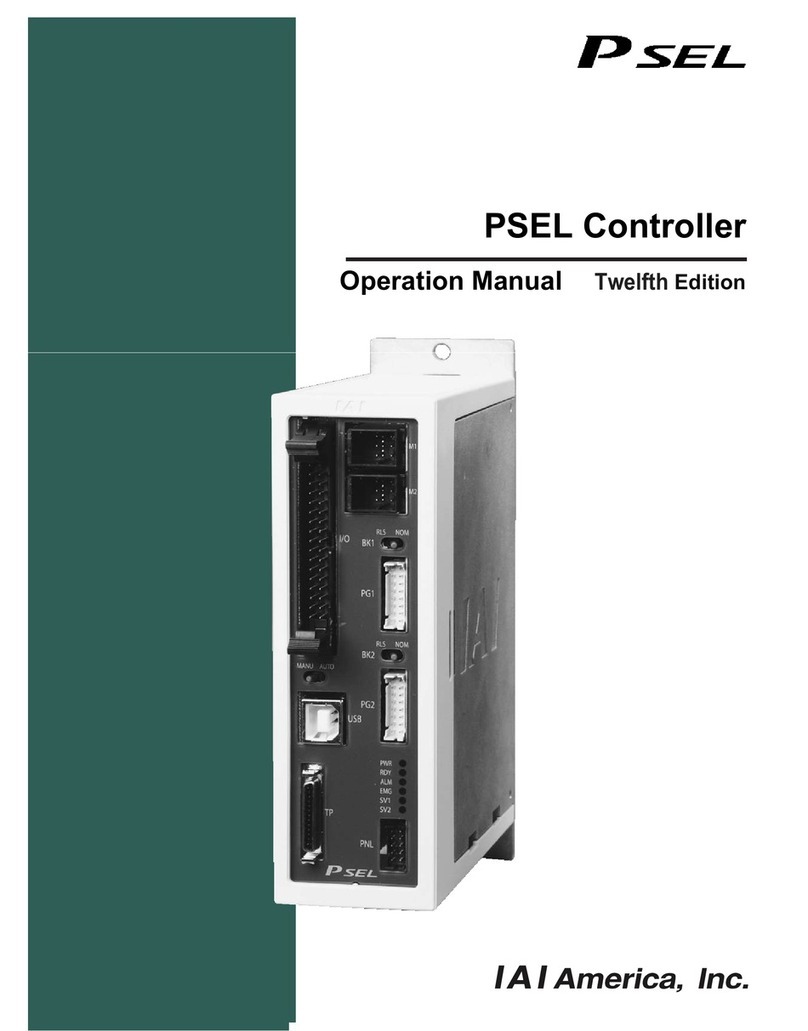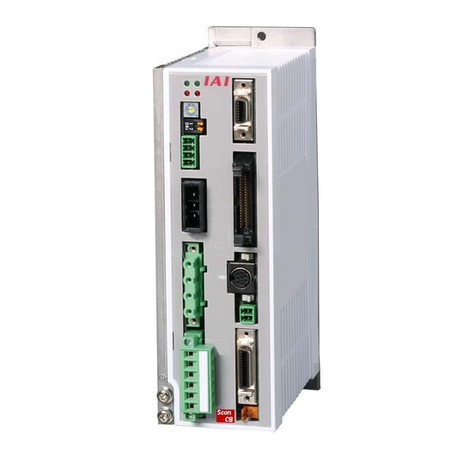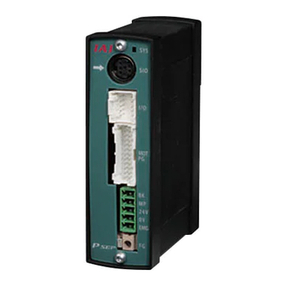Table of Contents
Safety Guide ......................................................................................................................1
Modes in SSEL Controller .................................................................................................8
Caution in Handling ...........................................................................................................9
International Standards Compliances ..............................................................................11
Name for Each Parts and Their Functions.......................................................................12
Actuator Axes...................................................................................................................21
Starting Procedures .........................................................................................................23
Chapter 1 Specifications Check .....................................................................................25
1.1 Product Check .............................................................................................................. 25
1.1.1 Components (Excluding Options) ...................................................................... 25
1.1.2 Teaching Tool (Optional) .................................................................................... 26
1.1.3 Operation Manuals Related to this Product, which are Contained in the
Operation Manual (DVD)....................................................................................26
1.1.4 How to Read the Model Plate ............................................................................ 27
1.1.5 How to Read the Model......................................................................................27
1.2 Basic Specifications...................................................................................................... 30
1.2.1 Specification List ................................................................................................ 30
1.2.2 Power Capacity and Heat output ....................................................................... 32
1.2.3 Selection of the Circuit Breaker.......................................................................... 34
1.2.4 Selection of the Leakage Breaker...................................................................... 34
1.3 External Dimensions ....................................................................................................35
1.3.1 2-axis Specification ............................................................................................35
1.3.2 2-axis Absolute Specification ............................................................................. 36
1.3.3 Specification with System Memory Backup Battery (Option)............................. 37
1.4 Option ........................................................................................................................... 38
1.4.1 PIO Board...........................................................................................................38
1.4.2 Field Network Board........................................................................................... 40
1.4.3 Panel Unit: PU-1 ................................................................................................41
1.4.4 Brake Box: RCB-110-RA13-0............................................................................. 42
1.4.5 Regenerative Resister Unit: RESU-1 and RESU-2............................................ 43
1.5 Installation and Storage Environment........................................................................... 45
1.6 Noise Prevention and the Installation........................................................................... 46
Chapter 2 Wiring ............................................................................................................51
2.1 Wiring (Connection of devices) Diagram...................................................................... 51
2.2 Circuit Diagram (Example) ........................................................................................... 52
2.2.1 Power Supply Circuit.......................................................................................... 52
2.2.2 Brake Release Power Supply ............................................................................ 52
2.2.3 Emergency Stop Circuit...................................................................................... 53
2.2.4 Motor Encoder Circuit ........................................................................................ 55
2.2.5 PIO Circuit..........................................................................................................56
2.2.6 Connection of Regenerative Resister Unit (Option)........................................... 61
2.2.7 Brake Box (RCB-110-RA13-0) (Option) ............................................................. 62
2.2.8 Teaching Port .....................................................................................................63
2.3 Wiring Method ..............................................................................................................64
2.3.1 Wiring for Power Supply Circuit .........................................................................64
2.3.2 Wiring the Emergency Stop Circuit (System I/O) ............................................... 66
2.3.3 Wiring for Actuator.............................................................................................. 67
2.3.4 Wiring for PIO..................................................................................................... 69
2.3.5 Wiring for Panel Unit .......................................................................................... 70
2.3.6 Wiring for Regenerative Resister Unit (RESU-1, RESU-2) (Option).................. 71
2.3.7 Wiring for the Brake Box (RCB-110-RA13-0)..................................................... 72
2.3.8 Wiring for the Teaching Tool...............................................................................74
